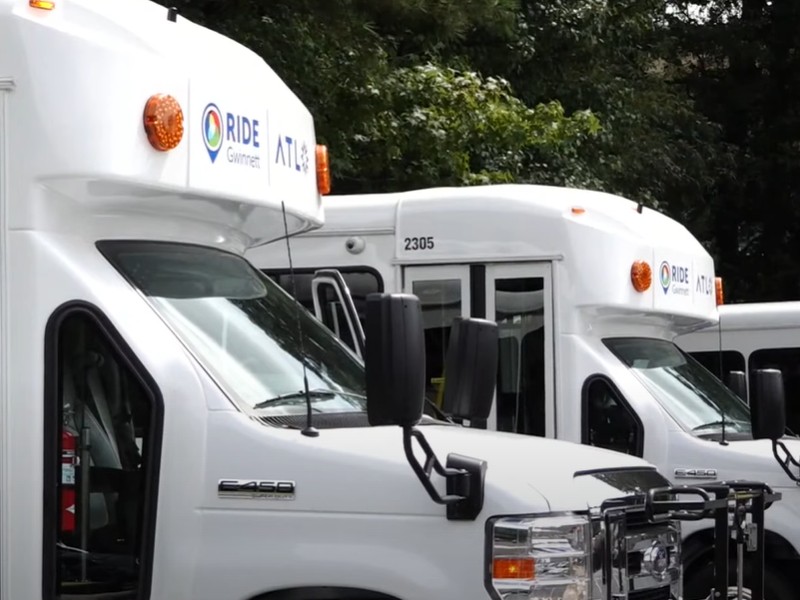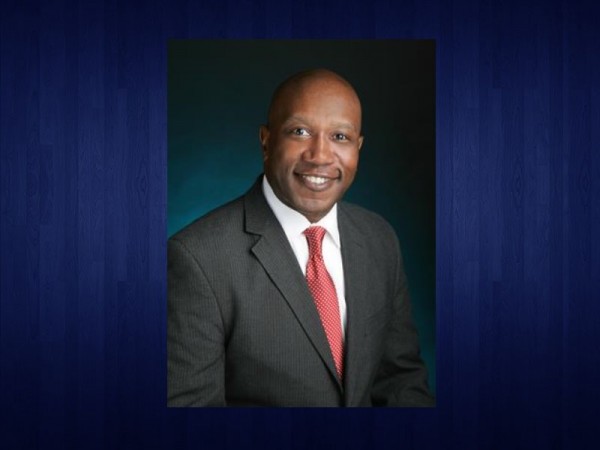The Gwinnett County Board of Commissioners Tuesday approved a $17 billion transit development plan in preparation for a recent spike in population and economic growth.
The transit plan was developed over an 18-month period from 2022 to 2023 by Gwinnett Transportation officials using community feedback. Through the transit plan, evaluations were made to address transportation demands in relation to population growth, along with aligning “transit services and infrastructure investments with the county’s identified priorities and needs,” media contact Deborah Tuff said Tuesday.
The plan is also said to leverage federal, state and local funding.
“This transformative plan benefits everyone by improving and expanding multimodal transportation services countywide,” Chairwoman Nicole Love Hendrickson said. “It charts an intentional path forward while paving the way for a more prosperous future, providing convenient transit alternatives for our residents and reducing congestion on our roads.”
Under the new transit plan, 100% of the county will be covered with shared ride services.
The plan also reportedly takes a multi-faceted approach that includes the introduction of Local Ride, Quick Ride, Rapid Ride and Airport Ride networks that will connect areas within Gwinnett County and to Hartsfield-Jackson Atlanta International Airport.
“By embracing innovative ways to reimagine our local transit service and enhance connectivity to the greater Atlanta region, the adopted TDP [Transit Development Plan] creates a clear road ahead for a more efficient, accessible, reliable and environmentally friendly transportation option in Gwinnett County,” Gwinnett DOT Director Lewis Cooksey said. “This TDP puts the focus on providing mobility for all by thoughtfully leveraging the best transit modes to adequately meet the varying needs of each of our communities.”
Several of the primary recommendations for the plan include expanding Ride Gwinnett services to seven days a week, adding high-capacity transit along the county’s busiest corridors and building 500 miles of “convenient and frequent fixed routes,” according to Tuff.

















